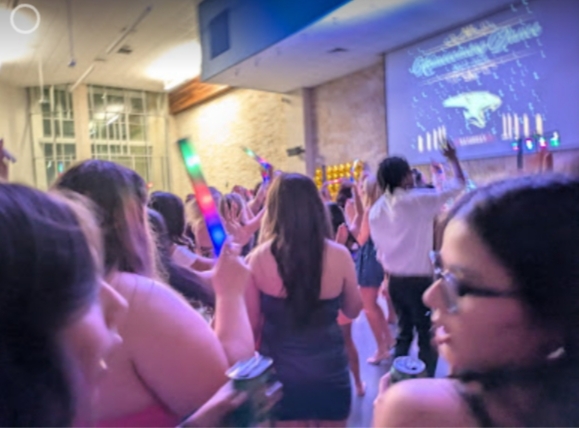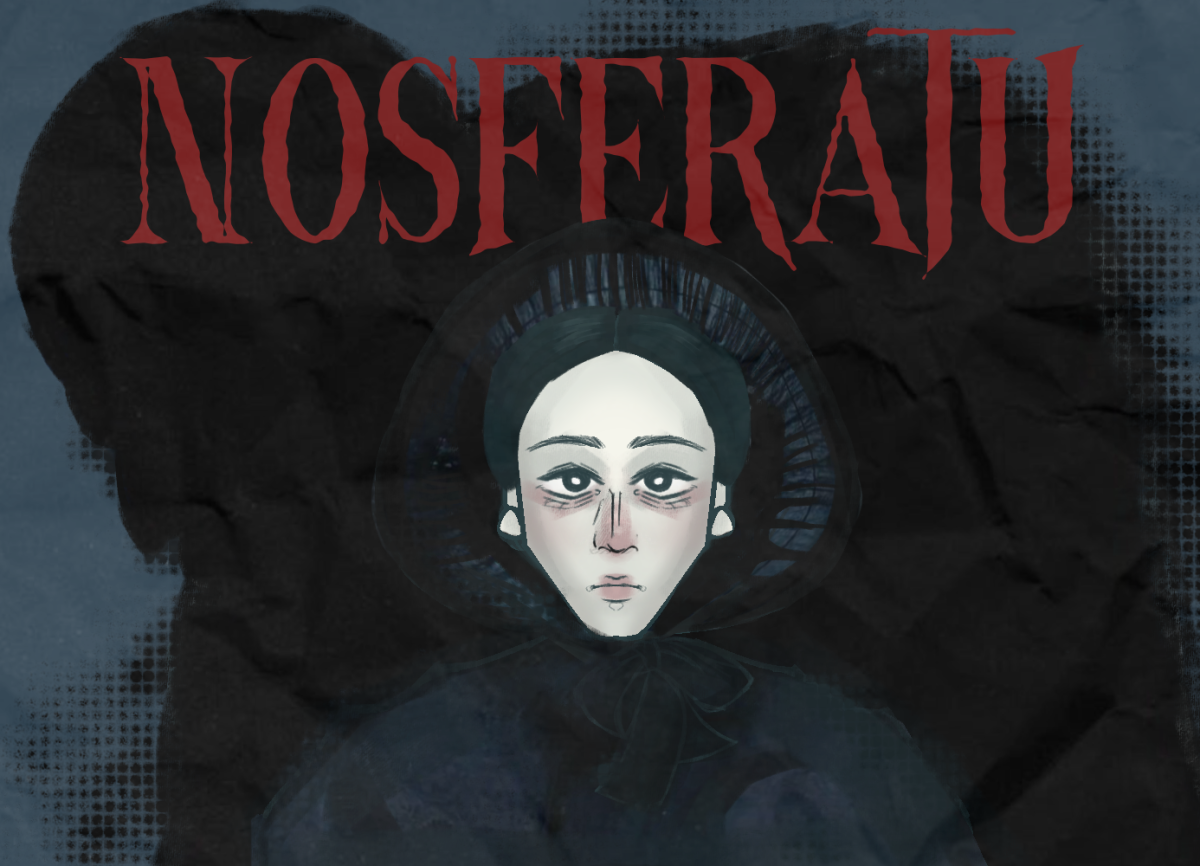For the past few years, horror fans, including myself, have been disappointed with unoriginal and lackluster movies containing repetitive jumpscares and superficial storytelling. Still, Robert Egger’s Nosferatu offers cinephiles a breath of fresh air with its remake of F. W. Murnau’s Nosferatu: A Symphony of Horror, (1922) an unauthorized adaptation of Bram Stoker’s novel Dracula (1897).
The tale follows Ellen Hutter (Lily-Rose Depp), who has been suffering from psychic visions since childhood, and her husband, Thomas (Nicholas Hoult), circa 1838. Against his wife’s wishes, Thomas takes off for Count Orlock’s castle, kickstarting Orlock’s dark, obsessive desire for Thomas’ wife.
Egger did a wonderful job creating a perfect blend of storytelling from Marnau’s original movie, Stoker’s Dracula, and his own unique twist on Count Orlock’s terrifying form, granting him a thick Transylvanian accent, thick mustache, and zombie-like appearance with his skin practically falling off the bone. But the movie’s captivating visuals of eerily creeping shadows and foggy hills, and engaging storytelling kept me immersed in Ellen and Orlock’s story of obsession and desire.
Since its release, Nosferatu has already become Focus Features’s second highest-grossing film of all time (158.06 million dollars as of January), just behind Michael Engler’s “Downton Abbey” (2019). Despite being released in the last month of 2024, the movie has already garnered more than any other horror movie released in the last year.
Horror movie fans have been hopeful that this means film enthusiasts will receive more eery, dark, disturbing, and gothic-style movies containing taboo topics and aberrations- If Nosferatu’s goal was to bring up movie standards with elegant, romantic-inspired imagery, they certainly achieved it. There’s no way of knowing if this remake will withstand the tides of time as A Symphony of Horror did, but widespread positive reception proves it may.


























